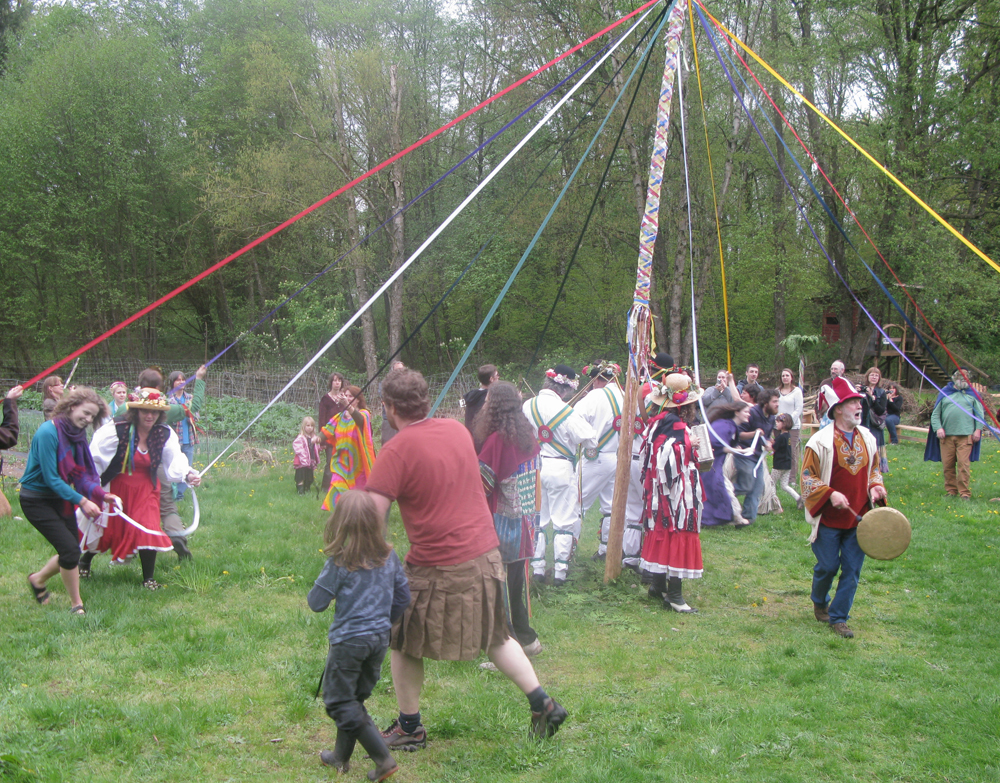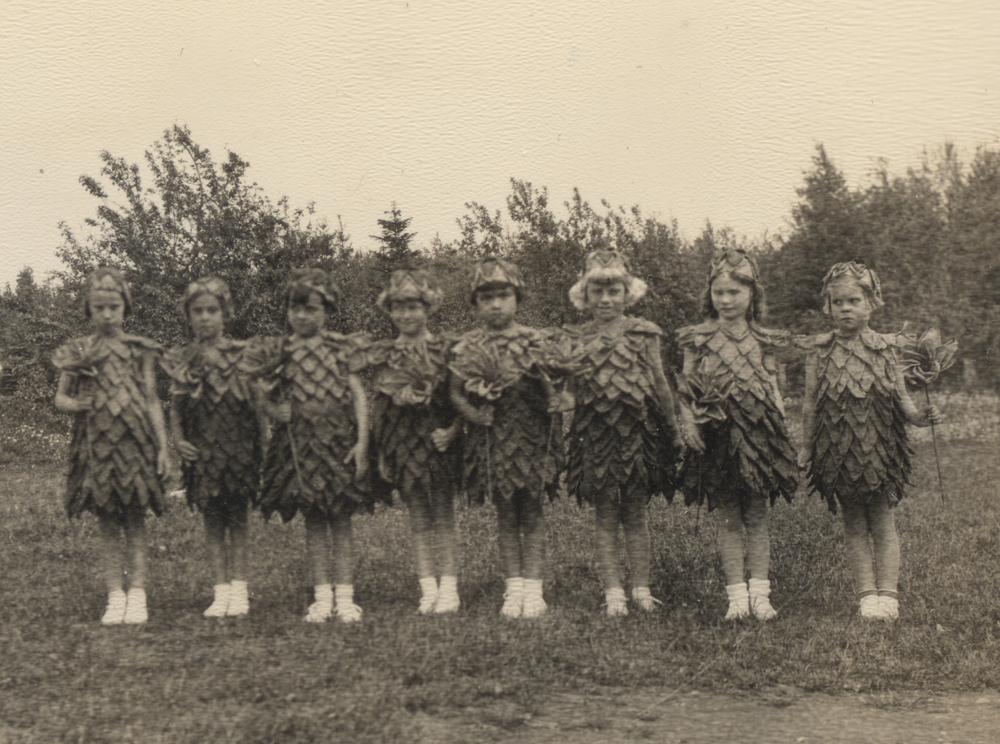A Merrie May: The Role of Costume in Spring Festivals
Over many centuries, people living in the Northern hemisphere have celebrated the coming of Spring. No one can be sure when the seasonal tradition of “May Day” or Beltane began, because it was likely well before physical means of recording stories. There are many valid oral history accounts of spring celebrations. What has become apparent in oral accounts of spring traditions is how diverse they have become across huge areas of land, culture, climate and physical landscape. Accounts have been recorded from Ireland to Russia, as far south as France, and as far north as Scandinavia. There are thousands of expressions of the celebration of Spring through May Day, each simultaneously similar and unique.
For many, it is precisely the magical mystery of May Day’s “true” origin that provides its appeal and encourages creativity. We do know that this ritual is ancient, and as you will see, the ability to participate in its timelessness doesn’t lose its appeal over time or through space.
May Day celebrations occur in early May. Most include music, feasting, and playing games or dancing and singing in costume – and often around a Maypole. More recently in colonial British Columbia, May Day is celebrated at the end of May, and has been blended with British Queen Victoria’s (1819-1901) birthday on May 24. The community of White Rock celebrated the ancient spring festival of May Day for nearly 25 years (1923-1949), like many other towns in colonial British Columbia.
This exhibition explores the use of costume and performance during May Day and how it shaped cultural identity in early White Rock. The exhibition also showcases contemporary spring festivals of May Day and Beltane in the Lower Mainland.
We invite you to join us, as we await the coming of Spring in this northern clime and prepare for a merrie May. To learn more, read on!
Join us for our Closing Reception at Stewart Farm on Sunday May 19, complete with Morris dancing and the Maypole!
Additional Information
Dates
Jan 22, 2019 - May 20, 2019
Curator
Kate Petrusa
Credits
Photography by Electra Design and Robert D. MacNevin.
Costume contributions from the New Westminster Museum and Archives and Brian Hayden.
Costume design by Norma Langton.
Video by Claire McCague.






